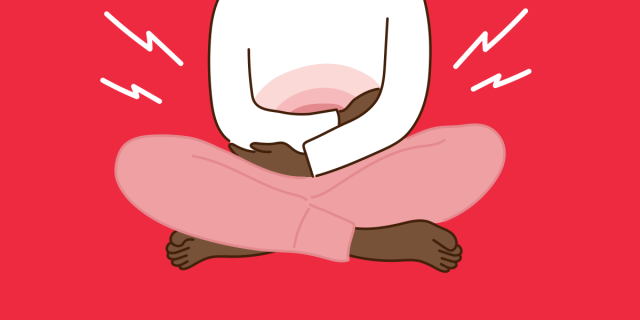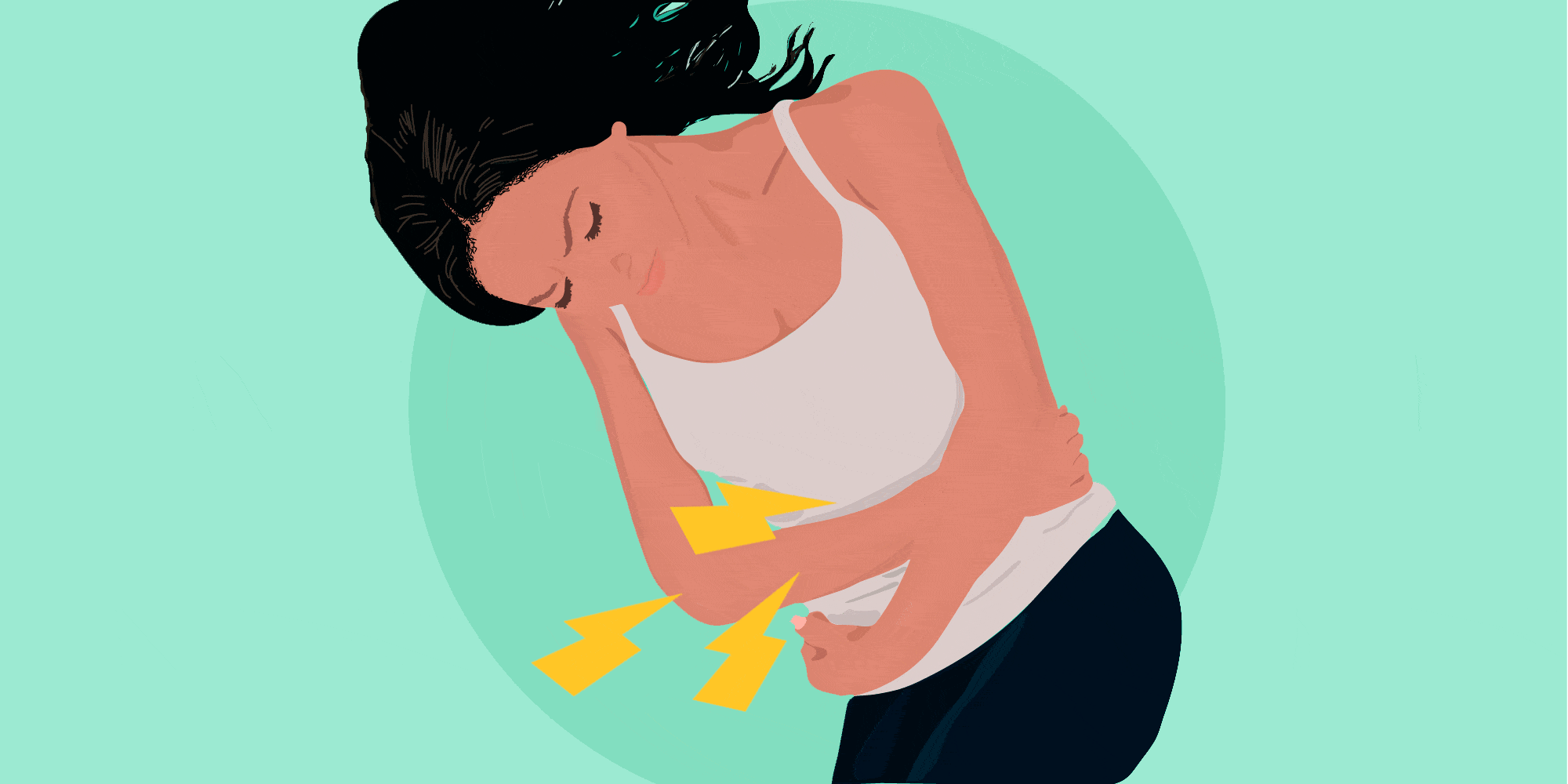
3 Common Period Disorders You Need To Know About
Periods often bring mild, uncomfortable situations like period cramps, mood swings, PMS, etc. But these situations go away after a week. However, more serious situations can also occur such as no periods, heavy or too light periods, and extremely painful periods. These situations may suggest that you are facing an abnormal menstrual cycle and consult a gynecologist as soon as you can.
Below are 3 common period disorders that you need to be aware of:
Menorrhagia (Heavy Periods)
Heavy bleeding is characterized by:
- Bleeding for more than 7 days
- Bleeding that soaks a pad in less than an hour
- Bleeding with Large clots
This can be caused by cancerous or non-cancerous growths in the uterus, hormonal fluctuations, or other disorders. Treatment can include hormonal birth control, pain medication, or even surgery.
Amenorrhea (No Periods)
It is not a disease, and it does not mean that a person is infertile, but having no periods mean that this needs some attention.
There are 2 types of Amenorrhea:
- Primary Amenorrhea: Absence of menstruation in someone who hasn’t had a period by age 15
- Secondary Amenorrhea: Absence of 3 or more periods in a row
Amenorrhea can be caused naturally due to childbirth or due to certain medication, hormone fluctuations, or lifestyle factors.
Dysmenorrhea (Painful Periods)
Many women face period pain every month for at most 1 to 2 days. But for some women, the pain is so severe that it keeps them from doing their normal activities for several days a month. This pain is called Dysmenorrhea.
There are 2 types of Dysmenorrhea:
- Primary Dysmenorrhea: The normal period cramps or pain we feel during our monthly cycle
- Secondary Dysmenorrhea: Severe pain during periods due to disorder/infection in the reproductive organ. Often accompanied by symptoms like nausea, dizziness, fatigue, etc.
Secondary Dysmenorrhea can be caused by endometriosis, tumors, pelvic infections, and order disorders. Medications are usually the first step to treat these sorts of painful periods.


